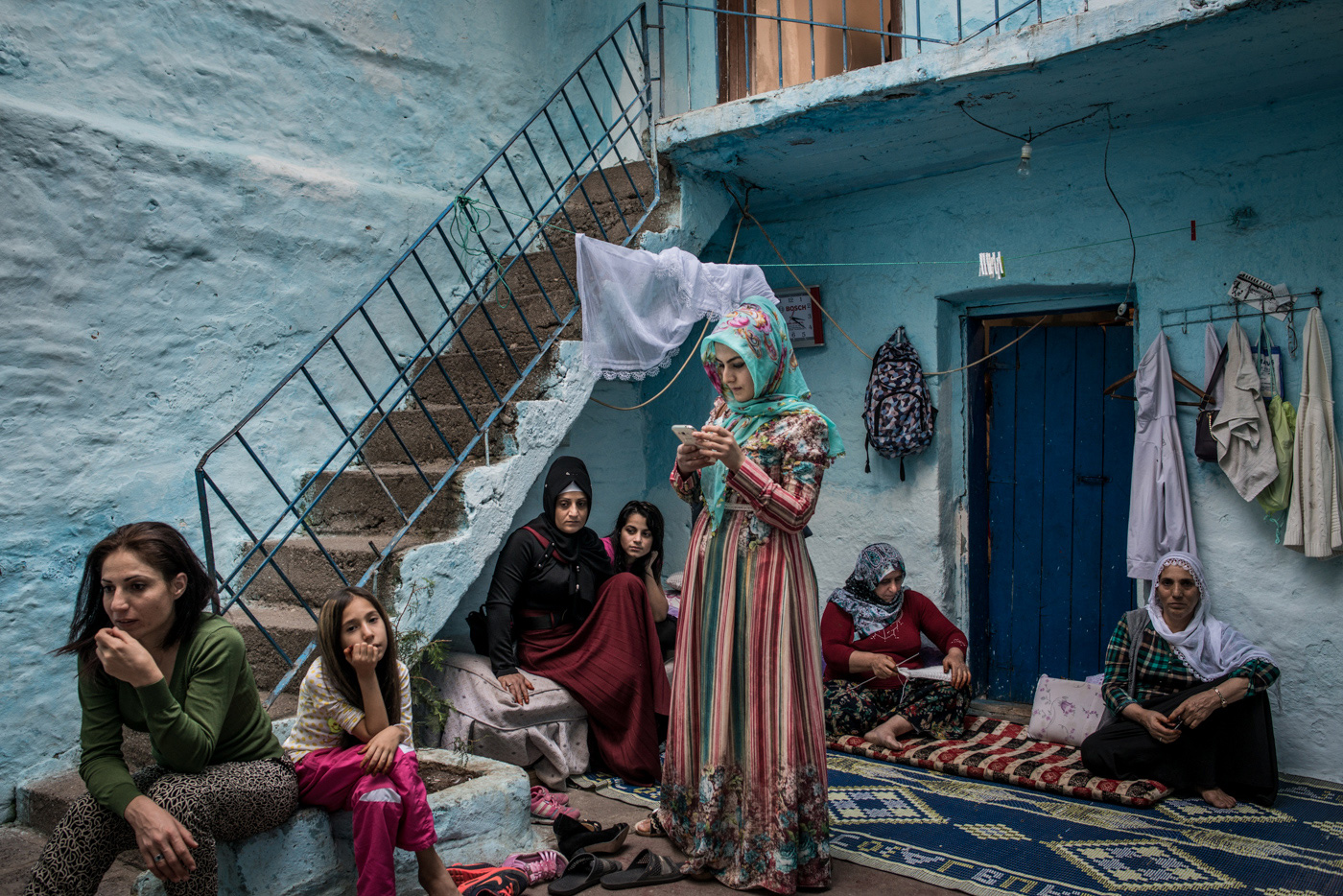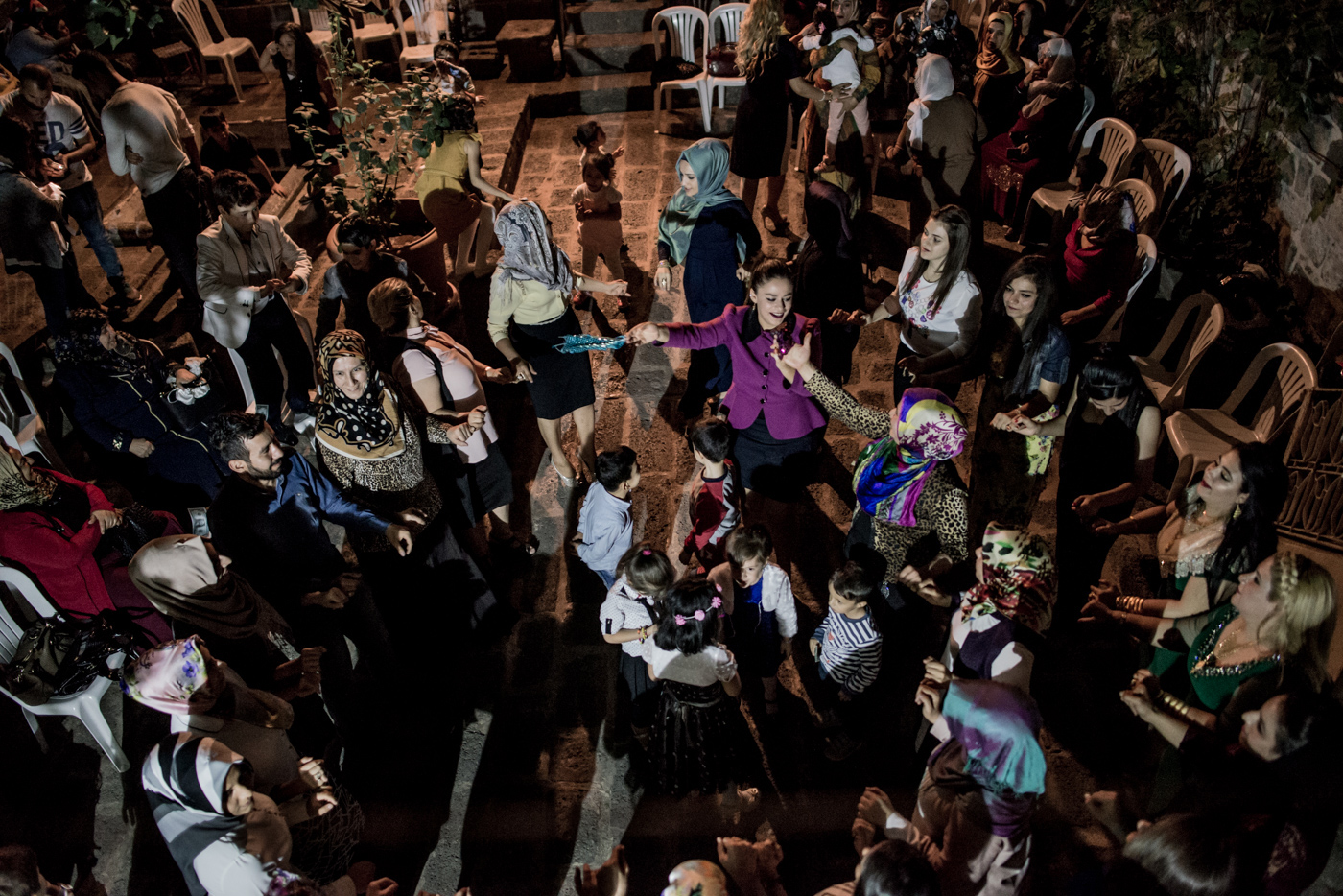
Spirit Under Curfew: Why Is the Historical Center of a Turkish Town Empty

Photographer from Armenia. Lives and works in Yerevan. Studied journalism at the American University in Bulgaria. Worked for BBC Armenia. Photographed in Gyumri 25 years after the Spitak earthquake, received PhotoPhilanthrophy.org award for this project. Received a grant from Open Society Foundations Documentary Photography Project in 2013. One of the founders of the 4plus collective.
Diyarbakir, or Amed, is the city and the center of the eponymous province in the South-East of Turkey, in the Southeastern Anatolia Region and the unofficial capital of the Turkish Kurdistan.
Sur is the historical district of the city.
A Kurdish tale, told in a melancholic trance by Dengbej singers, tells of a story, one of many that haunt Diyarbakir for more than a hundred years.
Zembil Firos was a seller of baskets. The young Kurdish man was deeply in love with an Armenian woman, the daughter of a rich father. She too was in love with Zembil Firos, but her father was against their marriage. One night, the couple ran away. As word spread throughout Diyarbakir of the lovers’ flight, her father ordered men to follow. When found, the woman and Zembil Firos were killed.
Since ancient times, the region of Anatolia and the city of Diyarbakir, Turkey, have been the tragic hosts of countless bloody events. In these lands, situated at the crossroads of Anatolia and the Caucasus, people have loved each other, and they have hated each other. This vitriolic circle among Turks, Kurds, Armenians and other ethnicities has been continuous.
Sur, Diyarbakir’s ancient center, surrounded by a fortress and today mostly populated by Kurds, is home of the new oppressed minority, those who replaced ethnic Armenians that once lived within the city’s labyrinth of alleyways a century ago, along with Kurds.
Its inhabitants are presently coming out of violent clashes between the Kurdish population and Turkish government forces. Oppressed for decades, they declared self-rule on December 27, 2015, amid violence and clashes with government forces, and this declaration made the clashes worse. After two years of fighting and bloodshed, one fourth of Sur has been emptied, partially destroyed and firmly locked under curfew. One of Diyarbakir’s spiritual symbols, the 16th century Four Footed Minaret, under which people made wishes, is also blocked.
As we sit on the top of an ancient hammam, our friend Kader gestures towards the houses of Sur and says, “None of this will soon exist.” Kader is talking about the new plan of the Turkish government to turn Sur into a touristic location, subjecting it to gentrification, at the same time quieting the clashes.
At night I photograph an engagement of a Kurdish couple in Sur, ten meters from Turkish police checkpoints, inside a house that was built by Armenians a century ago. The ends meet. The circle always comes together.















New and best








